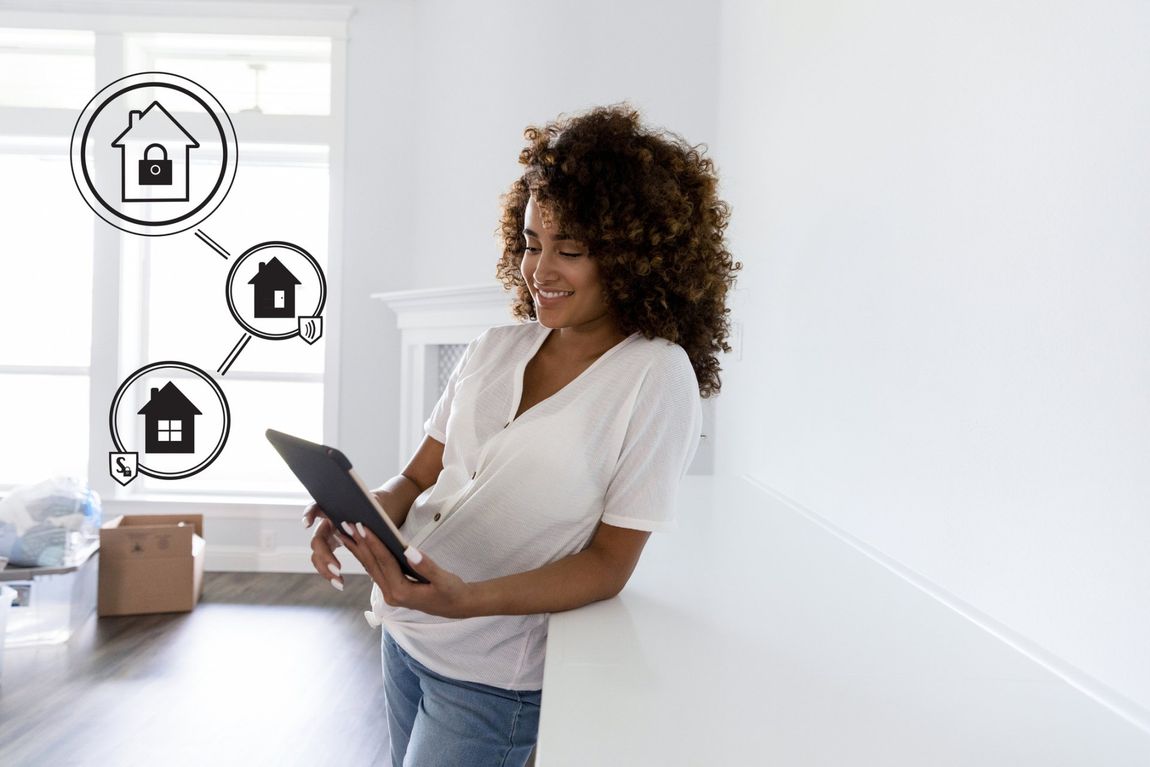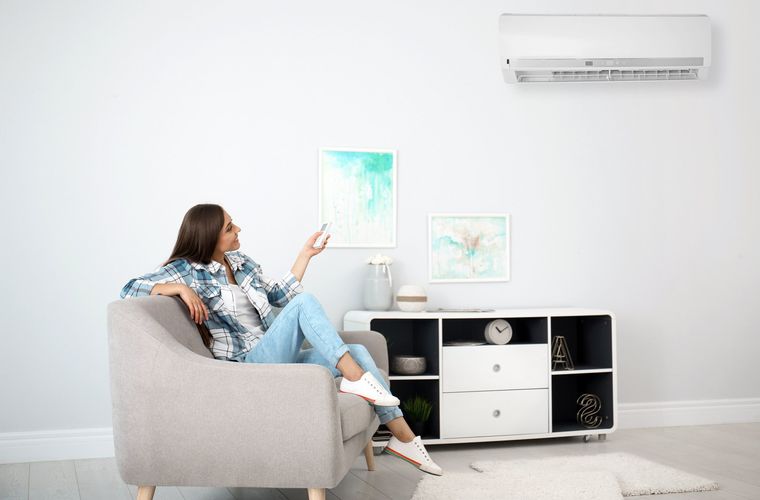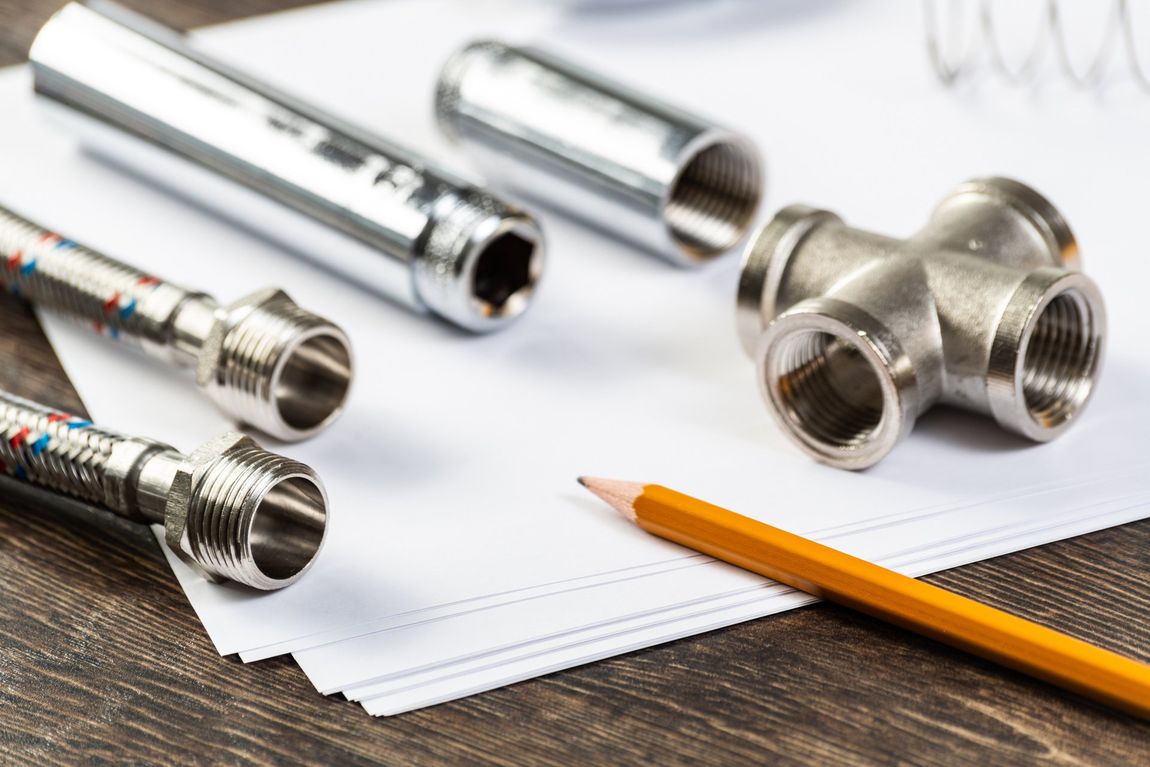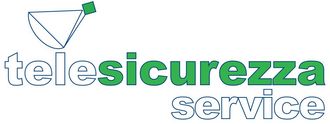Technological systems for private parties
We have been passionate about our work for 25 years, and every day we strive to constantly improve every aspect of our company.
Our installations are manufactured according to the strictest industry standards. The final aesthetic and functional result is the absolute priority of each of our projects, which must be safe, reliable and certified in order to be considered complete.
Telesicurezza Service operates in plant engineering and deals with the design, implementation and maintenance of numerous civil installations.
Our company provides a team of specialists who are always up-to-date and able to meet any request with great skill and professionalism.
From electrical and home automation systems, data networks, gate automation, automatic doors, heating and air conditioning systems, water systems and all installation and maintenance services, the Telesicurezza Service team is at your disposal. Telesicurezza Service is the ideal partner for any customer who wants a complete 360° service.
Electrical and home automation systems
The electrical system and home automation
The electrical system is an important technical component in the home and also influences its comfort level. They are complex and comprise multiple compenents and elements and is potentially dangerous. For this reason, the regulations governing its construction and installation are strict and safety-conscious so it is therefore essential not to DIY any work. The system must only be installed by companies that are authorised to do so and registered with the Chamber of Commerce, just as all modifications - even minor ones - must be carried out by authorised personnel. At the end of the project, the contractor must issue a Declaration of Conformity for the work carried out - as we will see below, this is the only way to certify and prove that the circuit is up to standard.
Electrical installation in a professional manner
The rules governing electrical installations are laid down in standard CEI 64-8 (Italian Electrotechnical Committee) - which came into force on 1 March 1993 - and the V3 variant of the same standard, which came into force in September 2011. Like all installations, this one too must fully comply with Ministry of Economic Development Decree no. 37 of 22 January 2008 (published in the Official Gazette no. 61 of 12-3-2008), which replaced Law 46/1990.
Thermomagnetic switch
A protective device which automatically cuts off the power supply to the installation when it detects a current several times higher than the rated current (due to a short circuit or magnetic trip) or slightly higher than the rated current for a period of time which leads to excessive heating of the conductors (overload, thermal trip).
Concentrated in the electric switchboard
Today, the single switchboard (i.e. the electrical panel of the house, usually located near the entrance) must have a main switch and at least two residual current circuit breakers (known as circuit breakers). The number of lines, on the other hand, depends on the square metreage of the house and the level of installation adopted.
Electrical system must be divided into circuits
The standard regulating the electrical installation includes a series of guidelines to guarantee continuity of service. So, in the event of a fault or untimely tripping of the residual current devices, the user is not left in the dark with all their electrical components having failed.
One rule for everything
Each component of the electrical system must have certain characteristics which also depend on the intended function. It is essential that these specifications are strictly adhered to otherwise the system is neither compliant nor, critically, safe.
Earthing
Actions and systems aimed at bringing a metallic element to the same electrical potential as the earth.
Never too much security
Feeling safe and secure in one's own home is a primary requirement for every family. Home automation systems such as video intercoms, burglar alarms and video surveillance systems can detect and manage dangerous situations. Home automation can also be used to keep the house under control, setting up alarms in the event of gas leaks, water leaks, etc., and programming subsequent actions, such as calling your mobile phone or automatically summoning help.
Standard cables in the electrical system
As far as electrical cables are concerned, the regulatory requirements cover the protective conductor (PE, normally referred to as "earthing cable") which must be yellow-green and the neutral conductor (conductor through which the return current flows) which must be light blue.
Less energy with one click
The use of home automation technologies improves the performance of the home as well as reducing waste, thus enabling users to consume less and more smartly.
For example, by automatically adjusting the heating and lighting system according to people's presence in the home and controlling electrical loads on appliances at specific times of day, it is possible to achieve significant savings on utility bills.
When renovating or performing maintenance
1. Check that your system is up to standard. If you do not comply with current legislation (remember that it is the CEI 64-8 standard that regulates domestic electrical systems), the probability of electrical dispersion, shocks, short circuits or even fire increases. To avoid unnecessary risks - which can be really serious - it is important to contact an expert to have the switchboard checked and to assess which mandatory elements are missing: earthing, protections against overcurrent etc.
Communication is simple
Whether you are a lover of simplicity or technology, a parent with young children or an elderly person who lives alone, you can easily set up a home automation system using traditional controls, sensors, automatic mechanisms or timings: it's just a matter of choice. Furthermore, your home automation system is already set up to be managed via most modern touch screen devices (tablets and smartphones), via a local Wi-Fi network, or via a remote telephone network.
Value and savings with home automation
According to one estimate, the cost of the electrical system in a new house accounts for 2%. It may be worthwhile then, with an investment of just over 3%, to choose a basic home automation system. Since it is flexible, it can also be extended over time and save money. The correct use of this technology allows a reduction of up to 12% in electricity and up to 26% in heating consumption.
Personalised scenarios
The option of integrating and automatically managing the functions of one's own home simplifies life and increases the well-being of those who live there.
Through the creation of 'scenarios', each environment becomes customisable: if, for example, the heating, lighting, alarm and door and window motors are integrated with each other in a home automation system, it will be possible to carry out 'centralised locking' at the touch of a button: you can then leave the house safe in the knowledge that all the lights are off, all the doors and windows are closed perfectly, the heating is in economy mode and the alarm is on.
Air conditioning systems
Air conditioning for the home: advice on the best choice to make
An air-conditioning system is very useful inside a house because it allows you to regulate the temperature inside the house, whether it is very hot or very cold outside. A climate control system not only regulates the temperature but also maintains the right level of humidity and filters and purifies the air, improving liveability inside the home. There are various types of system, let's see which one to choose for your home.
Differences between air conditioners and home climate control systems
First of all, we must avoid misunderstandings and use the correct terms.
Air conditioners only cool the air but do not manage the air exchange, nor do they dehumidify the environment. Home climate control systems recycle air, filter and purify it and are able to dehumidify and, in some cases, heat the environment. Almost all air conditioning products on the market today are climate control systems that cool, heat and dehumidify the environment.
Heating systems
Home heating systems must also comply with European Union standards and must therefore be installed or upgraded according to regulations.
We install state-of-the-art systems using the best brands on the market so that customers can benefit from efficient performance in total safety.
For this reason, the solutions we offer always combine optimal space heating with high energy savings, limiting polluting emissions.
For autonomous heating systems, electronic control and programming mechanisms are installed to allow the user to manage the system independently and efficiently by choosing their desired temperature.
Water systems
The plumbing in your home is a delicate system that needs to be able to carry water from one point to another without any hiccups that, in addition to causing great inconvenience, can cause damage to the interior of the house or neighbouring flats, as well as waste money.
For this reason, you must rely on experts specialised in the sector who can guarantee ad hoc design and installation using the best materials.
We guarantee the best supply and correct wastewater flow for all utilities: sanitation, laundry, kitchen, garden, various irrigation points...
We design and install new plumbing systems and also undertake partial renovations of plumbing and water drainage systems.
Home data networks
In our homes, equipment connected to the Internet is increasingly widespread with the need to distribute data and audio-video signals between PCs (perhaps more than one per home), shared printers, media centres, digital terrestrial and satellite boxes, Nintendo Switch consoles, PS5s, Xboxes, televisions, personal servers and so on. All this makes it necessary to set up a home data network with characteristics of flexibility, reliability and speed equal to, if not sometimes greater than, those used in offices.
For new builds and renovations, it is a good idea to create technological connection points or 'multimedia stations' in the living room, study and bedrooms, etc. - i.e. in the rooms where the equipment that needs to be connected to the Internet or to exchange data is usually used and to connect the rooms accordingly by creating a structured cabling data network infrastructure.
We also install and configure equipment and active parts for cabling and distribution of computer data and audio-video signals, sizing the systems to meet the user's current needs and anticipating future needs with cable and wireless Wi-Fi solutions.

















